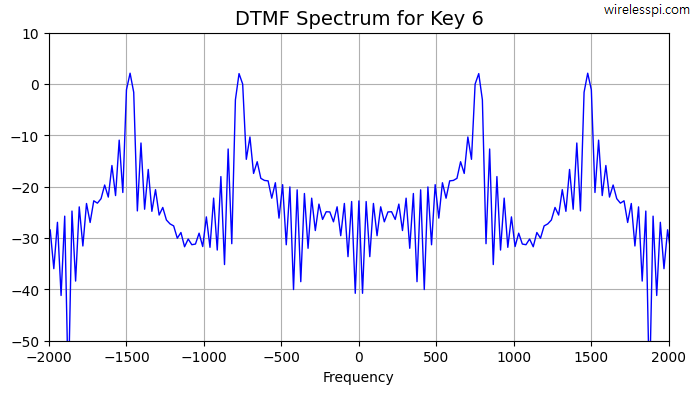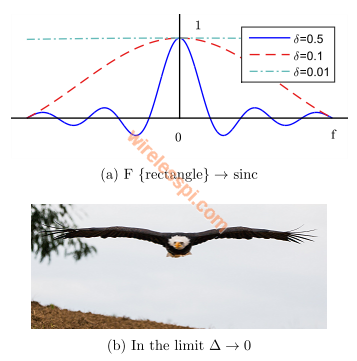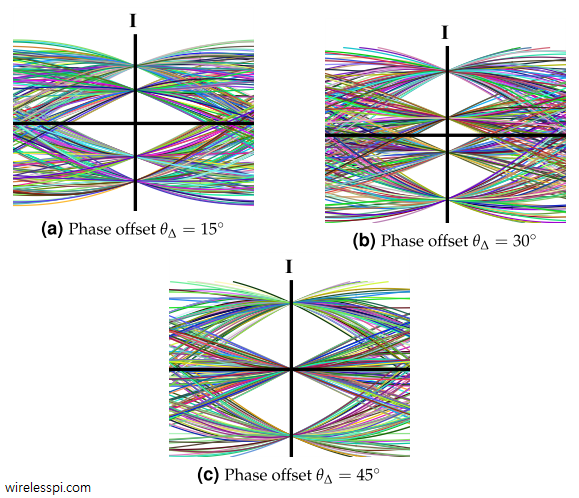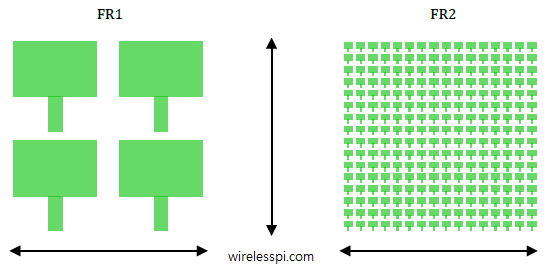The Discrete Fourier Transform (DFT) computes the contribution of $N$ sinusoids that come together to form any input signal. However, in some applications, we are only interested in contributions from one or a few sinusoids This is where the Goertzel algorithm, proposed by Gerald Goertzel in 1958, comes in. The Goertzel algorithm evaluates the individual terms of the DFT in an efficient manner. We explain its derivation and implementation with the help of DTMF signals. DTMF Signal Generation In the early days of telephone, you could not call anyone directly. Instead, a telephone operator used to sit on the other
Continue reading



